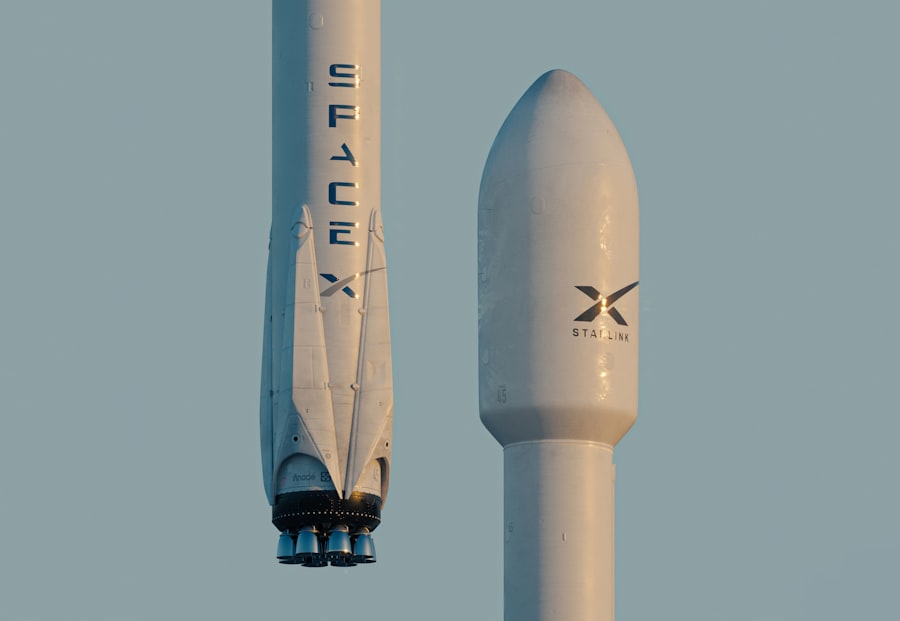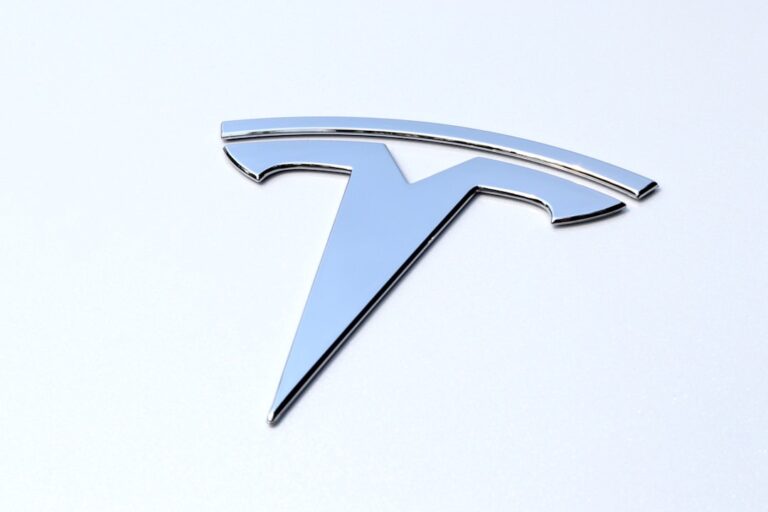
The dawn of the 21st century has ushered in a new era of space exploration, characterized by the innovative use of reusable rockets and spacecraft. This groundbreaking approach has revolutionized the aerospace industry, significantly reducing the cost of launching payloads into orbit. Traditionally, rockets were single-use, meaning that after each launch, they would fall back to Earth and become debris.
However, companies like SpaceX have pioneered the development of reusable rocket technology, allowing for the recovery and refurbishment of rocket stages.
The Falcon 9 rocket, for instance, has become a symbol of this transformation.
With its first stage capable of landing back on Earth after launch, it has successfully completed numerous missions, including resupply missions to the International Space Station (ISS). The ability to reuse rocket components has led to a significant decrease in launch costs, making space more accessible to a wider range of organizations and countries. As we look to the future, the implications of reusable rockets extend beyond mere cost savings; they represent a shift in how humanity approaches space exploration and utilization.
Key Takeaways
- Reusable rockets and spacecraft are revolutionizing space exploration by significantly reducing the cost of launching payloads into space.
- Starship development and testing are pushing the boundaries of space travel with the goal of enabling human colonization of other planets, particularly Mars.
- Crew Dragon’s success in human spaceflight marks a significant milestone for commercial space travel, as it demonstrates the capability of private companies to transport astronauts to and from the International Space Station.
- Satellite constellations for global internet coverage are being deployed to provide high-speed internet access to remote and underserved areas around the world.
- Mars missions and colonization plans are gaining momentum, with several space agencies and private companies working on developing the technology and infrastructure needed for sustained human presence on the red planet.
Starship Development and Testing
At the forefront of SpaceX’s ambitious plans is the Starship spacecraft, designed to carry humans and cargo to destinations beyond Earth, including Mars. The development of Starship has been marked by rapid prototyping and iterative testing, a hallmark of SpaceX’s engineering philosophy. Each test flight provides invaluable data that informs subsequent designs, allowing for continuous improvement.
The goal is to create a fully reusable spacecraft that can transport large numbers of passengers and significant payloads at a fraction of the current costs. Starship’s testing program has seen a series of high-altitude flights, with each iteration pushing the boundaries of what is possible in aerospace engineering. These tests have not been without challenges; several prototypes have experienced failures during landing attempts.
However, each setback has been met with resilience and determination, leading to advancements in safety and performance. As SpaceX continues to refine Starship, the vision of interplanetary travel becomes increasingly tangible, igniting excitement and curiosity about humanity’s future in space.
Crew Dragon’s Success in Human Spaceflight

The Crew Dragon spacecraft represents a significant milestone in human spaceflight, marking the return of crewed missions from American soil after nearly a decade. Developed by SpaceX under NASA’s Commercial Crew Program, Crew Dragon is designed to transport astronauts to and from the ISS safely. Its first crewed flight, Demo-2, in May 2020, was a historic moment that showcased the capabilities of private industry in partnership with government space agencies.
Crew Dragon’s success can be attributed to its advanced technology and rigorous testing protocols. The spacecraft is equipped with an autonomous docking system that allows it to connect with the ISS without manual intervention from astronauts. This feature not only enhances safety but also streamlines operations during missions.
Furthermore, Crew Dragon has demonstrated its reliability through multiple successful missions, paving the way for future commercial crewed flights and expanding opportunities for scientific research in low Earth orbit.
Satellite Constellations for Global Internet Coverage
| Company | Number of Satellites | Planned Coverage |
|---|---|---|
| SpaceX (Starlink) | 1,740 | Global |
| OneWeb | 648 | Global |
| Amazon (Project Kuiper) | 3,236 | Global |
In addition to its achievements in crewed spaceflight, SpaceX is also making waves with its ambitious Starlink project—a satellite constellation aimed at providing global internet coverage. The vision behind Starlink is to bridge the digital divide by offering high-speed internet access to underserved and remote areas around the world. With thousands of satellites planned for deployment in low Earth orbit, Starlink has the potential to revolutionize how people connect and communicate.
The deployment of Starlink satellites has already begun, with thousands launched successfully into orbit. Each satellite operates in a coordinated manner to create a mesh network that delivers internet service to users on the ground. Early beta testing has shown promising results, with users reporting high speeds and low latency.
As more satellites are added to the constellation, coverage will expand, making reliable internet access a reality for millions who currently lack it. This initiative not only highlights SpaceX’s commitment to innovation but also underscores the importance of connectivity in today’s world.
Mars Missions and Colonization Plans
One of the most ambitious goals set forth by SpaceX is the colonization of Mars. Elon Musk envisions a self-sustaining city on the Red Planet, where humans can live and thrive beyond Earth. This vision is not merely science fiction; it is grounded in a series of planned missions aimed at establishing a human presence on Mars within the next few decades.
The development of Starship plays a crucial role in this endeavor, as it is designed to transport large numbers of people and cargo necessary for building a Martian settlement. To achieve this monumental task, SpaceX is focusing on several key aspects: life support systems, sustainable energy sources, and transportation logistics. The company is exploring technologies that can produce food and water on Mars while utilizing local resources for construction and energy generation.
Additionally, Musk has proposed sending uncrewed missions ahead of crewed flights to test systems and gather data about the Martian environment. As these plans unfold, they inspire a sense of wonder about humanity’s potential to become an interplanetary species.
Advancements in Rocket Propulsion Technology

Sustainable Propulsion Methods for Long-Duration Missions
The shift towards more sustainable propulsion methods is crucial for long-duration space missions. By utilizing resources found on other planets, such as methane from Martian soil or ice deposits for water, future missions can reduce their reliance on Earth-based supplies. This approach not only reduces the need for resupply missions but also enables spacecraft to stay in space for longer periods.
Electric Propulsion Systems: The Future of Deep-Space Travel
Advances in propulsion technology are not limited to chemical engines. Research into electric propulsion systems is gaining traction, offering higher efficiency for deep-space travel. These systems enable spacecraft to reach distant destinations with less fuel, making them ideal for long-duration missions.
A New Era in Space Exploration
The advancements in rocket propulsion technology are paving the way for a new era in space exploration. With sustainable propulsion methods and electric propulsion systems, spacecraft can travel farther and stay in space for longer periods. This opens up new possibilities for space exploration, enabling humans to venture deeper into the cosmos than ever before.
Collaboration with NASA and Other Space Agencies
Collaboration between private companies like SpaceX and government agencies such as NASA has proven essential for advancing space exploration efforts. NASA’s Commercial Crew Program exemplifies this partnership, allowing private companies to develop crewed spacecraft while benefiting from NASA’s expertise and resources. This collaboration has accelerated innovation and reduced costs associated with human spaceflight.
Moreover, SpaceX’s role in resupplying the ISS through its Cargo Dragon missions has strengthened ties between commercial entities and government agencies. By working together, they can share knowledge and resources that enhance mission success rates while fostering a competitive environment that drives technological advancements. As international interest in space exploration grows, collaborations with other space agencies worldwide will become increasingly important for addressing global challenges and expanding humanity’s reach into the cosmos.
Future Plans for Commercial Space Travel
The future of commercial space travel holds immense promise as companies like SpaceX continue to push boundaries and redefine possibilities. With advancements in reusable rocket technology and spacecraft design, space tourism is becoming more feasible than ever before. Elon Musk’s vision includes not only sending astronauts to Mars but also enabling civilians to experience space travel firsthand.
SpaceX’s plans for commercial flights include offering trips around the Moon and eventually establishing regular flights to low Earth orbit for tourists. As ticket prices decrease due to advancements in technology and increased competition among providers, more people will have the opportunity to experience weightlessness and witness Earth from above—a dream once reserved for astronauts alone. The prospect of commercial space travel ignites excitement about humanity’s future among the stars while fostering a sense of unity as we collectively explore our universe.
In conclusion, as we stand on the brink of a new era in space exploration characterized by reusable rockets, innovative spacecraft development, and ambitious plans for interplanetary colonization, one thing is clear: humanity’s journey into the cosmos is just beginning.
Further Reading:
1.
[NASA Commercial Crew Program](https://www.nasa.gov/exploration/commercial/crew/index.html)
2. [SpaceX Starship](https://www.spacex.com/vehicles/starship/)
3. [Starlink Satellite Constellation](https://www.starlink.com/)
4.
[Mars Exploration Program](https://mars.nasa.gov/)
5. [Raptor Engine Technology](https://www.spacex.com/raptor/)
SpaceX, the aerospace company founded by Elon Musk, has been making headlines recently for its ambitious plans to colonize Mars. In a related article, Tesla’s lead designer weighs in on plans for two Model Y colors, showcasing the innovative and forward-thinking mindset that both Tesla and SpaceX share. To read more about Tesla’s design choices and how they align with SpaceX’s vision for the future, check out the article here.
Learn about Elon Musk. Click here now!
FAQs
What is SpaceX?
SpaceX, or Space Exploration Technologies Corp., is an American aerospace manufacturer and space transport services company founded by Elon Musk in 2002.
What does SpaceX do?
SpaceX designs, manufactures, and launches advanced rockets and spacecraft. The company is known for its ambitious goal of reducing the cost of space travel and enabling the colonization of Mars.
What are some of SpaceX’s notable achievements?
SpaceX has achieved several significant milestones, including the first privately funded spacecraft to reach orbit, the first privately funded spacecraft to dock with the International Space Station, and the first privately funded spacecraft to land on solid ground.
What is the Falcon 9 rocket?
The Falcon 9 is a two-stage rocket designed and manufactured by SpaceX for the reliable and safe transport of satellites and the Dragon spacecraft into orbit. It is the first orbital class rocket capable of reflight.
What is the Dragon spacecraft?
The Dragon is a free-flying spacecraft designed to deliver both cargo and people to orbiting destinations. It is the only spacecraft currently flying that is capable of returning significant amounts of cargo to Earth.
What is the Starship spacecraft?
The Starship is a fully reusable spacecraft and is designed to carry both crew and cargo to Earth orbit, the Moon, Mars, and beyond. It is a key part of SpaceX’s long-term goal of enabling human colonization of other planets.
